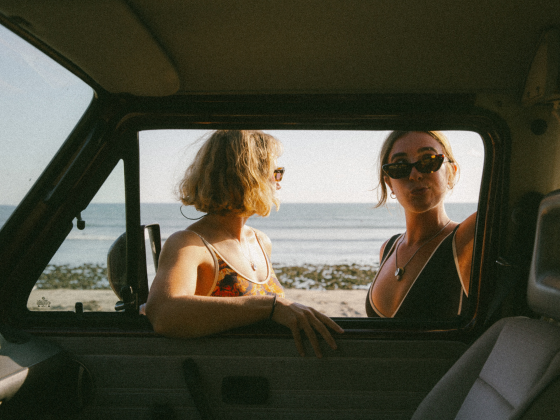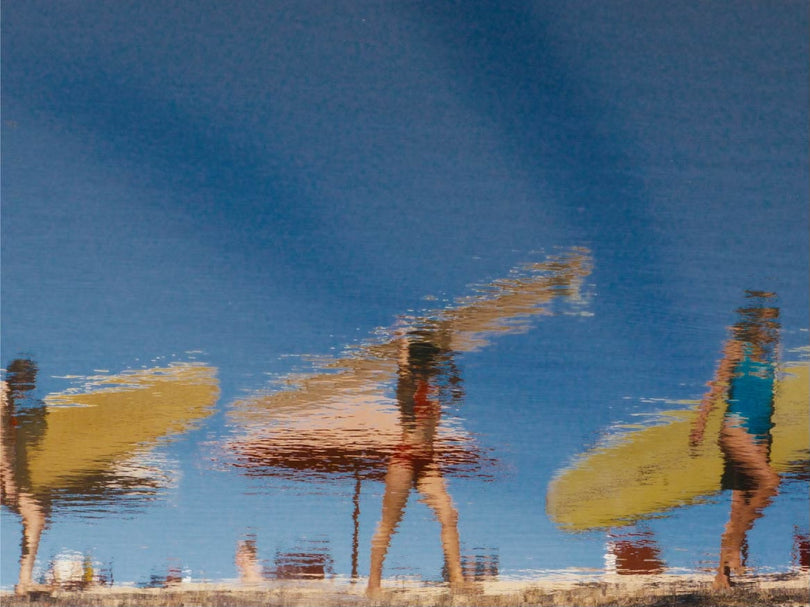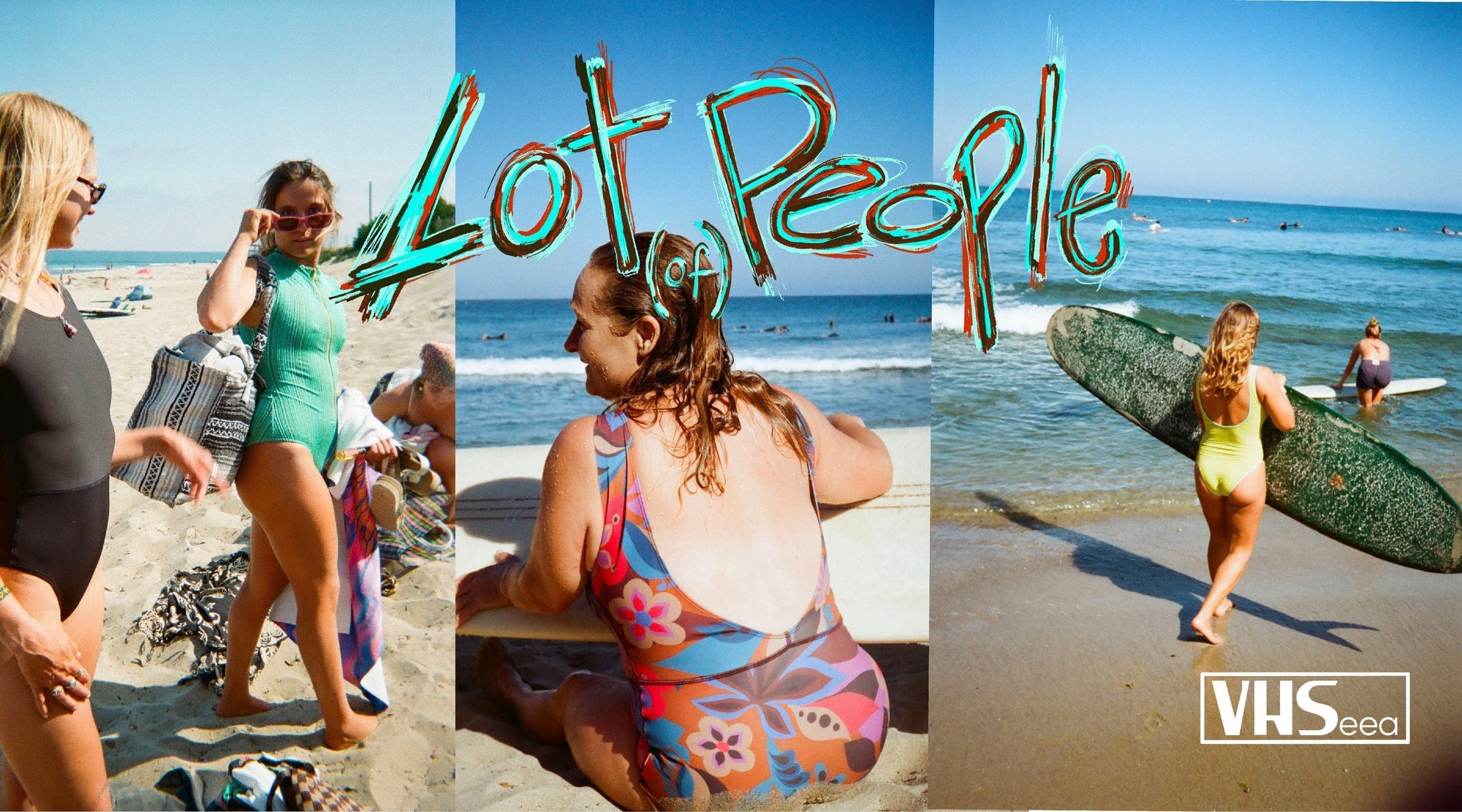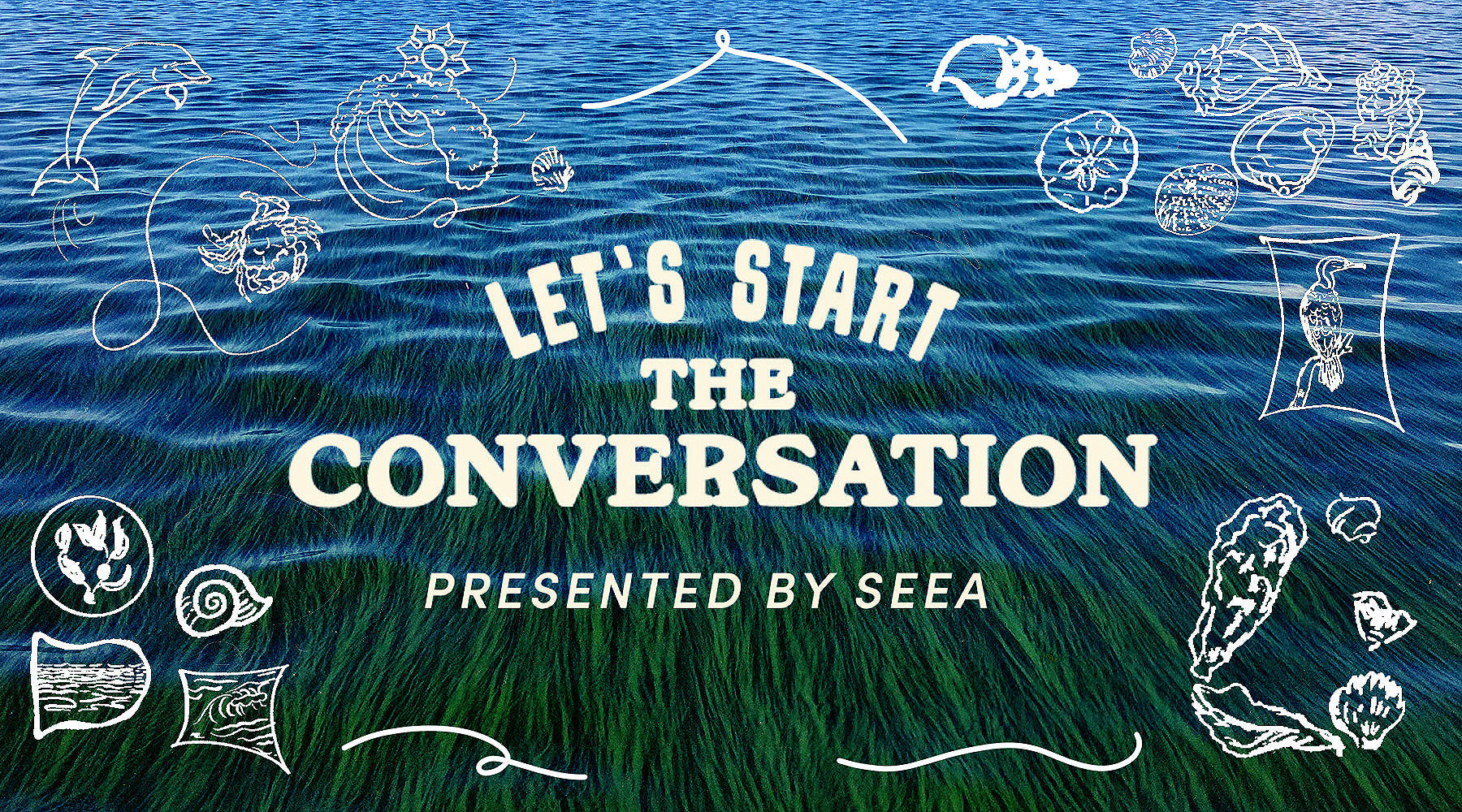Let’s Start the Conversation is a new series we are starting at Seea where we bring you into the conversations we are having within our communities and at our office. From environmental topics that are impacting our coasts to tips on how to use scrap food, we want to bring you, our Seeasters along and share!
We know there is no one-size-fits-all way to life, but starting small and having thoughtful discussions is one way to get the cogs turning and habits changing!
For Episode 1 of Let’s Start the Conversation, we wanted to start with the sea life that has been washing up along our coasts caused by Harmful Algal Blooms (HABs)! We hope this information is digestible, prompts conversation, and helps you learn something new!

WHAT are Harmful Algal Blooms (HABs)?
If you’ve been around California’s beaches or watched the news this summer, you’ve probably heard of sea life washing up along California’s coasts. From birds to dolphins, our marine animals are greatly affected by the change in water quality caused by Harmful Algal Blooms (HABs).
Harmful Algal Blooms (HABs) are events characterized by the rapid growth of algae, often microscopic phytoplankton, in water bodies, leading to the production of toxins that can be detrimental to ecosystems, wildlife, and human health. These blooms are typically triggered by several environmental factors, like nutrient pollution, cold water temperatures, and other pollutants like industrial discharges and sewage release. The algae thrive and grow off of excessive nutrients, particularly nitrogen and phosphorus from agricultural runoff, wastewater, sewage, and in calm water. When summers in California are hot and there is a lot of runoff (like this summer), it is a prime environment for HABs.
One of the most concerning and common byproducts of HABs is domoic acid, produced by certain species of diatoms (single-cell algae) found in coastal waters. Exposure to this toxin can lead to severe neurological symptoms in marine mammals and birds, including disorientation, tremors, seizures, and even death. Mass strandings of marine mammals have been linked to domoic acid exposure during these blooms. We've seen a ton of marine creatures like seals, dolphins, fish, and pelicans wash up on beaches in Southern California due to exposure to domoic acid.

WHY is the Rise of HABs Concerning, and why should we care?
HABs have become alarmingly frequent, particularly in Southern California, where they have been observed for four consecutive years (2021-2025). This trend raises significant concerns as we are seeing more and more marine animals washed-up on beaches.
One large contributing factor to the rise in HABs is coastal upwelling, a process where cold, nutrient-rich water is brought to the surface of the ocean, replacing warmer, nutrient-depleted water. The nutrients in the water provide room for algae to thrive and grow. Coastal upwelling occurs naturally, but as water temperatures increase, it can lead to an unhealthy level of nutrients and in turn HABs.
The rising global temperatures contribute to this issue, as warmer ocean waters create ideal conditions for many algae species, including those that produce domoic acid. These conditions not only lead to more frequent blooms but also prolong their duration. As surfers and lovers of marine ecosystems, we are deeply affected by these blooms. They threaten the health of our oceans, which continually provide for us.

ACTION: How Can We Combat HABs?
When our ecosystems are at risk and we see environmental degradation so clearly in our own backyards, it can feel daunting and heavy. We want this to be a conversation about the realities, but also a place to look for community and hope! We all love the ocean, so let’s create space to find solutions.
To effectively address HABs, we must focus on their root causes:
1. Reduce Nutrient Pollution
-
Limit your use of fertilizers to minimize nitrogen and phosphorus runoff into rivers, lakes, and oceans. Planting native California plants can reduce the need for fertilizers, as these species are adapted to thrive in local conditions. They also often use less water!
-
Implement rainwater harvesting techniques to capture runoff, which can prevent nutrient rich water from flowing into our water bodies.
2. Contribute to Fighting Climate Change
-
Support sustainable practices that promote environmental health. This could include advocating for renewable energy sources and waste reduction initiatives.
-
Reduce greenhouse gas emissions by carpooling, biking, or using public transportation—especially during the summer months.
-
Stay informed about ongoing environmental issues and new technologies that encourage sustainable living. Maintain your curiosity and compassion for the oceans and the environment.
3. Promote Sustainable Fishing Practices:
-
Embrace sustainable fishing methods that prevent overfishing and allow ecosystems to maintain their balance. Establishing Marine Protected Areas (MPAs) where fishing is prohibited can help replenish marine life and safeguard our oceans.
Combating HABs is something we need to do at every level from individual to governmental. We don’t expect anyone to make changes overnight, we just want to give you the information, hope you learn something, and maybe it will inspire us all to make small changes that can contribute to something larger! We want to protect our environment and our oceans, and by using our platform to start these important conversations and share information, learn to relate to each other and if nothing else create community and ignite dialogue.
We are not perfect, Seea is not perfect, but we are so thankful to have an awesome community where we get to share a love of the ocean and a desire to care for it!







